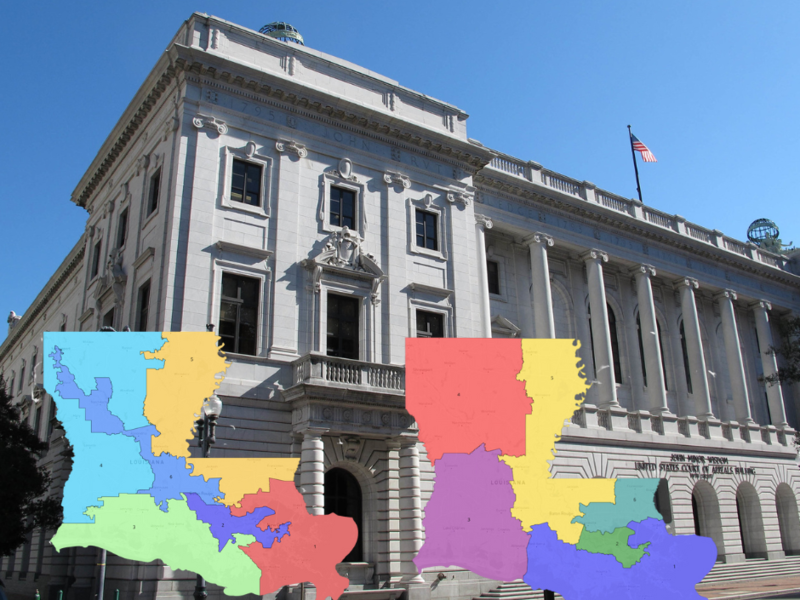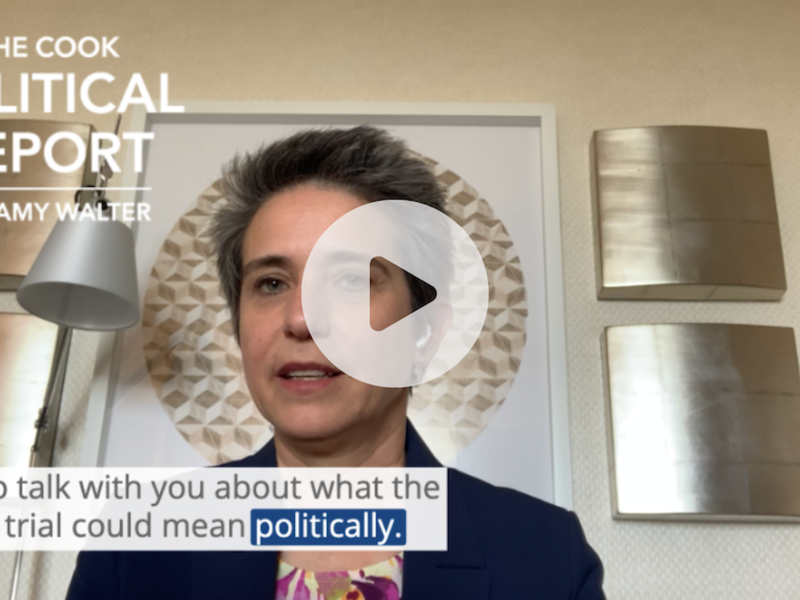
A few weeks ago, GOP Rep. Marjorie Taylor Greene did what she does best: create controversy and draw outsized attention to herself. America, she tweeted, needs “a national divorce. We need to separate by red states and blue states and shrink the federal government.” Of course, we know that 1) Greene represents a state that once literally seceded from the union, and 2) that state no longer fits neatly into a red or blue category.
Not surprisingly, most Americans aren’t into the idea of another civil war, or a partitioning of the country. A YouGov poll taken soon after Green’s comments, found 63% disagreed with the idea of a “national divorce,” while 23% agreed.
But what if we don’t need a divorce because we are already separated?
“A national divorce may not be possible,” writes Michael Podhorzer, a progressive analyst,strategist and former AFL-CIO political director. “But we’re already sleeping in separate bedrooms and seeing other people.”
Over the last 30 years, we’ve seen a steady and dramatic increase in Americans who live in overwhelmingly red or blue counties.
In 1988, according to data compiled by Senior Editor David Wasserman, less than half of all Americans (42%) lived in a county that voted for one presidential candidate or the other by at least 60%. In other words, a majority of Americans lived in a place where one party or the other was not dominant. By 2020, almost 60% of us lived in a county that voted overwhelmingly for one party or the other.
More eye-popping, however, is the dramatic increase in the percentage of Americans who live in counties that gave one candidate at least 70%of the vote. At the beginning of this century, 13% lived in a deep red or blue county. Now, almost 30% of us do. Another 8% live in a county that gave 80% or more of the vote to a presidential candidate; 30 years ago, just 2% of us did.
Here’s how a swing state like Pennsylvania has evolved over the last 20 years. In 2020, 24 of the Keystone state’s 67 counties voted 70% or more for Trump or Biden. Only one (Philadelphia) was blue, while the other 23 counties were red. In 2004, however, just eight of those 23 red counties voted for George W. Bush by 70% or more. In 2000, just three of the 23 voted for Bush by 70% or more.
Now, take a look at this chart created by Podhorzer.

For most of the 20th century, just a small percentage of Americans (4%) lived in a state that voted for the losing presidential candidate by more than 10 points. By the 21st century, a quarter of the population (on average) lives in a state that voted for the losing candidate by more than 10 points. In other words, just as our counties are getting more deeply red or blue, so are the states.
Then there’s this statistic from CNN/Atlantic Magazine political analyst Ron Brownstein: “the Democratic and Republican presidential nominees have each carried 20 states in every election since at least 2008. That means 80% of the states have voted the same way in at least the past four presidential elections – a level of consistency unmatched through the 20th century. Even during Franklin D. Roosevelt’s four consecutive presidential victories from 1932 through 1944, only about two-thirds of the states voted the same way each time.”
As you can see, America is already at the point of a trial separation.
To be sure, the rural/urban and geographical divide has been part of U.S. politics for most of our history. But these divides are more calcified than we’ve seen in our lifetimes. It’s hard to argue that our country was “unified” during the 1960s and 1970s. Yet Democrat Lyndon B. Johnson won in a landslide in 1964 and Republican Richard Nixon won 520 Electoral votes in the 1972 election.
So what happened? For one, it’s not that we’ve become more partisan. It is that our values have become politicized. Whereas 30-40 years ago, one could be a liberal who supported Republicans or a conservative who votes for Democrats, today those terms are synonymous with party.
We don’t dislike each other more than we did 50 years ago. But we now have social media, cable news and the reach of outside interest groups telling us that we should. Outrage gets clicks and dollars. Division literally pays. If you live in a state — or county — that voted overwhelmingly for a losing candidate, it’s a lot easier for you to believe (or be led to believe) that the election was corrupted in one way or another. After all, no one you know — not the person in the grocery store or your next door neighbor or the guy who fixes your car — voted for that other candidate.
At the same time, the importance of swing or independent voters has become more crucial than ever. As we saw in 2020, Trump got more votes than he did in 2016, but that still didn’t get him close enough to win. Why? Because he lost independent voters.









Subscribe Today
Our subscribers have first access to individual race pages for each House, Senate and Governors race, which will include race ratings (each race is rated on a seven-point scale) and a narrative analysis pertaining to that race.